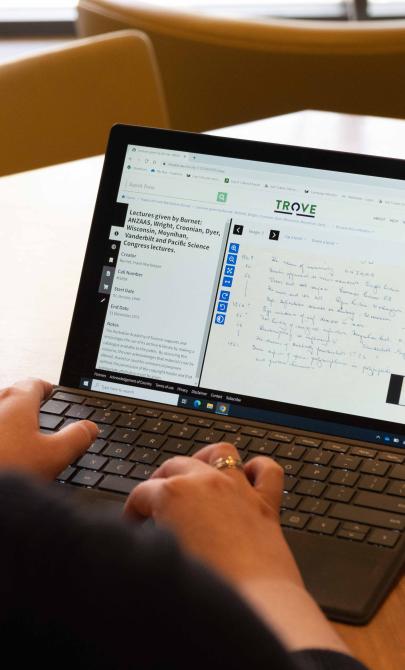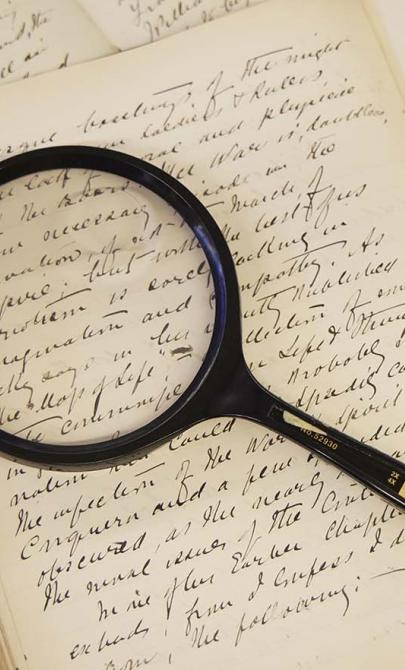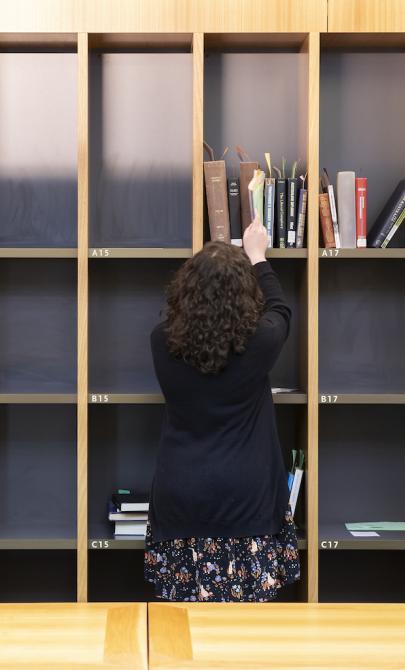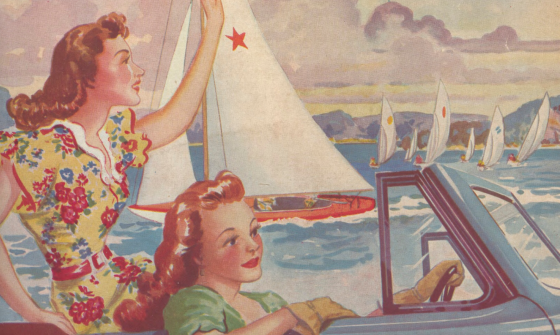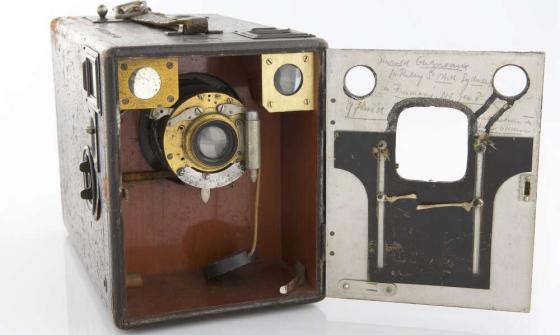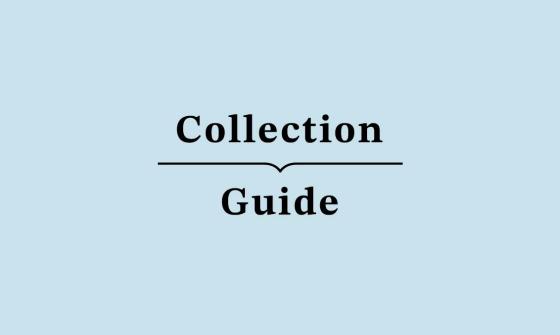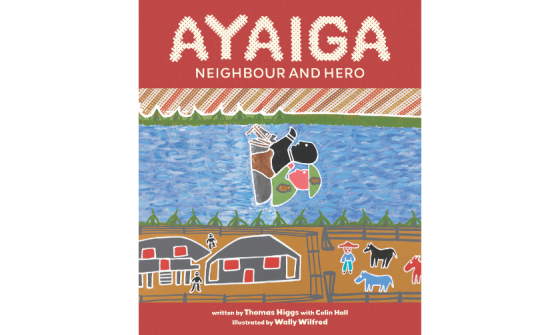Gilfillan Collection
Key items in the collection
Highlights from this collection demonstrate its historical significance and variety.
The Gilfillan Collection includes the following records:
- Snowy Mountains Hydro-electric Authority
Official records, reports and correspondence, 1955–71 - Cooma Municipal Council
Minutes, agenda papers and correspondence, 1956–62 - Monaro County Council
Minutes, agenda papers and correspondence, 1957–62 - Snowy Mountains and Monaro Horticultural Society
Account book, 1957–64 - St Andrew’s Presbyterian Church, Cooma
Records, 1966–67
The collection includes 777 maps and drawings, mostly relating to Australia. These can be grouped as follows:
Australian maps
- Town, district, road and touring maps (1946–86)
Produced by the National Roads and Motorists Association, the Royal Automobile Club, Shell and Broadbents - Snowy Mountains topographic maps (1958–64)
- Maps of the proposed federal territory (1909)
- Canberra suburb development maps (1965–86)
- Snowy Mountains Hydro-electric Authority maps (1957–68)
Overseas maps
- South-East Asian navigation charts (1944–45)
- British War Office maps of Asia and Africa (1922–42)
- National Geographic Society maps of Europe and America (1938–40)
- Survey maps of the Middle East and East Africa (1937–41)
Drawings
- Engineering drawings (1924–25)
Mainly of bridges and road culverts, filed with the maps
The papers include:
Personal and historical records
- Diary (1893–94)
Possibly kept by Gilfillan himself - Notes for a biographical memoir
On Sir William Hudson (1896–1978) - Typescript notes and articles
Written by Gilfillan on the history of the Snowy Mountains and the Snowy Mountains Hydro-electric Authority
Educational and technical material
- Lecture notes and printed material on engineering
Assembled by Gilfillan as a student - Lecture notes from the Real Estate Institute (1956–60)
- Papers on explosives and safety issues
About William Gilfillan
William George Rucker Gilfillan (1906–1990) was born in Fremantle and grew up in Melbourne. He attended Camberwell Grammar School and Scotch College before studying civil engineering at the University of Melbourne, graduating in 1930.
Early engineering career
In 1929, Gilfillan joined the Roads and Bridges Branch of the New South Wales Public Works Department and was involved in the construction of the Sydney Harbour Bridge. He transferred to the Department of Main Roads in 1932 and travelled overseas in 1938.
From 1940 to 1946, he was employed by the South African Government and also served in the Union Defence Force in South Africa and East Africa. He attained the rank of captain in the Signals Corps.
Work on the Snowy Mountains scheme
Following his return to Australia, Gilfillan worked with the Department of Works and Housing in Darwin and later with the Joint Intelligence Bureau in Melbourne.
In 1951, he was appointed an Executive Engineer in the Snowy Mountains Hydro-electric Authority, where he worked until his retirement in 1971. In the early years, he lived in Corryong and oversaw works in the Tooma, Khancoban and Geehi regions. He moved to Cooma in 1954 and held several positions, including Safety Engineer.
In 1960, he was appointed Archives Officer. Over the next 10 years, he conducted extensive research, including oral history interviews, on the early history of the Snowy Mountains scheme. He also assisted Lionel Wigmore with research for Struggle for the Snowy: The Background of the Snowy Mountains Scheme (1968).
Community involvement and historical research
Gilfillan was active in local government, church and cultural organisations in Cooma and the Monaro region. He served as an alderman on Cooma Municipal Council and was a member of the Monaro County Council and the Monaro–South Coast Regional Development Committee. He was also secretary of the Cooma–Monaro Historical Society.
He had a strong interest in the early exploration of the Snowy Mountains by figures such as John Lhotsky and Edmund Strzelecki, and published articles in the Journal of the Royal Australian Historical Society and other journals.
Gilfillan spent his later years living in Canberra.
Background to the collection
For more than 30 years, Gilfillan had a close association with the Library as both a researcher and donor. He regularly donated Monaro newspapers, printed ephemera and manuscripts. In 1963, he presented records of the Snowy Mountains Hydro-electric Authority, the Cooma Municipal Council and the Monaro County Council. In 1991, his wife Marcia Gilfillan donated his collection of maps, publications and manuscripts.
The Manuscripts collection holds:
- personal papers of Gilfillan
- papers on the development of the Snowy Mountains area
- Cooma Municipal Council business records
- Monaro County Council records
Use the finding aid.
The maps and engineering drawings in the Gilfillan Collection are held in the Maps Collection.
This guide was prepared using these references:
- Snowy Mountains Hydro-electric Authority. Staff branch file 2086. Series A11394, National Archives of Australia, Canberra.
